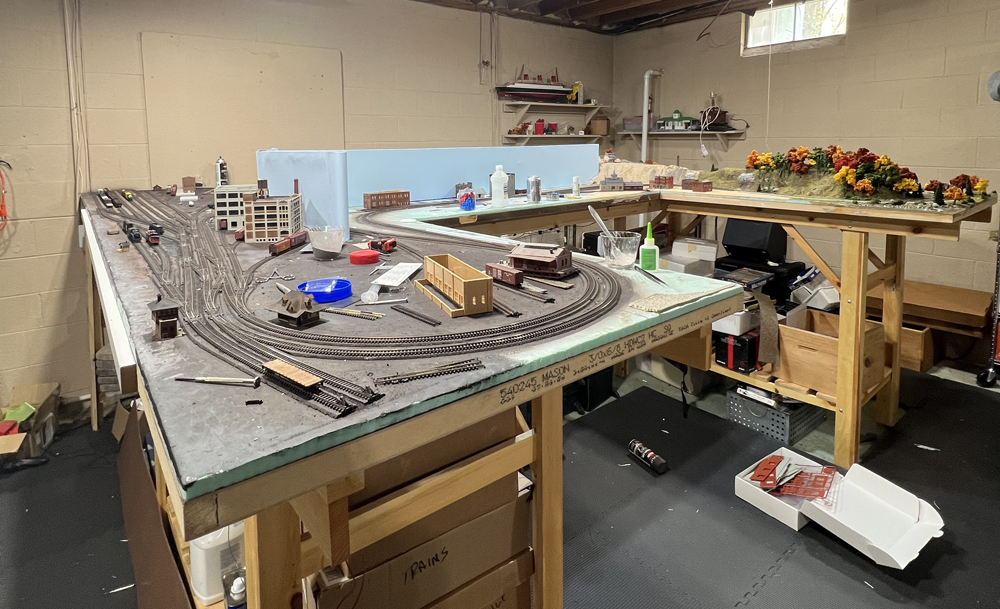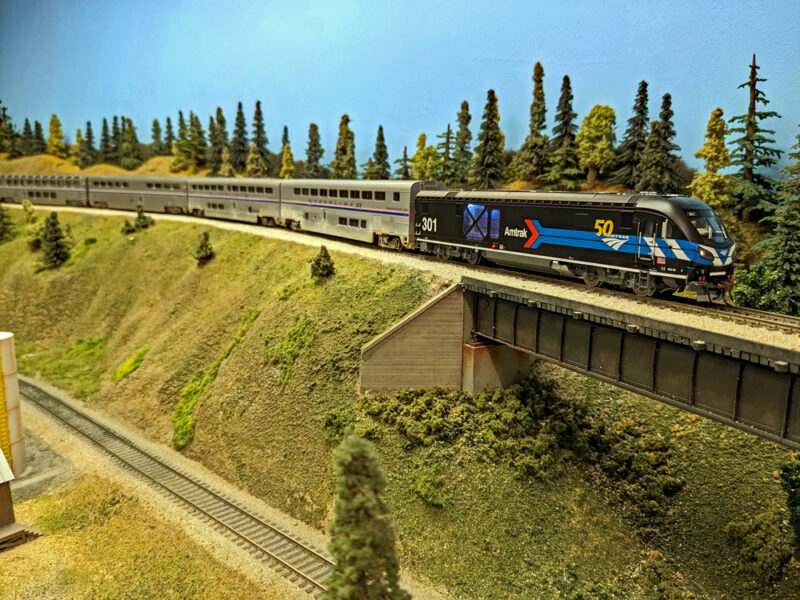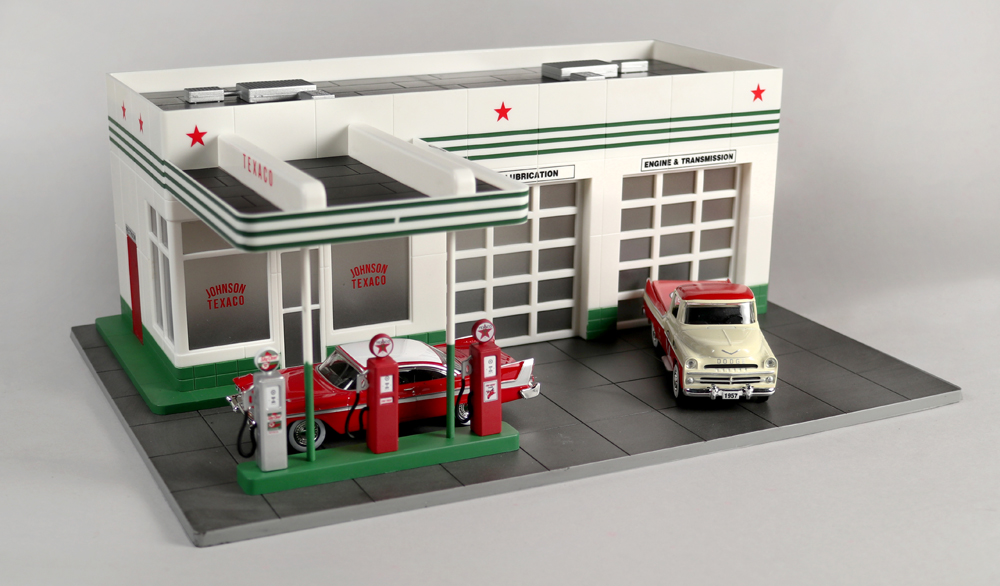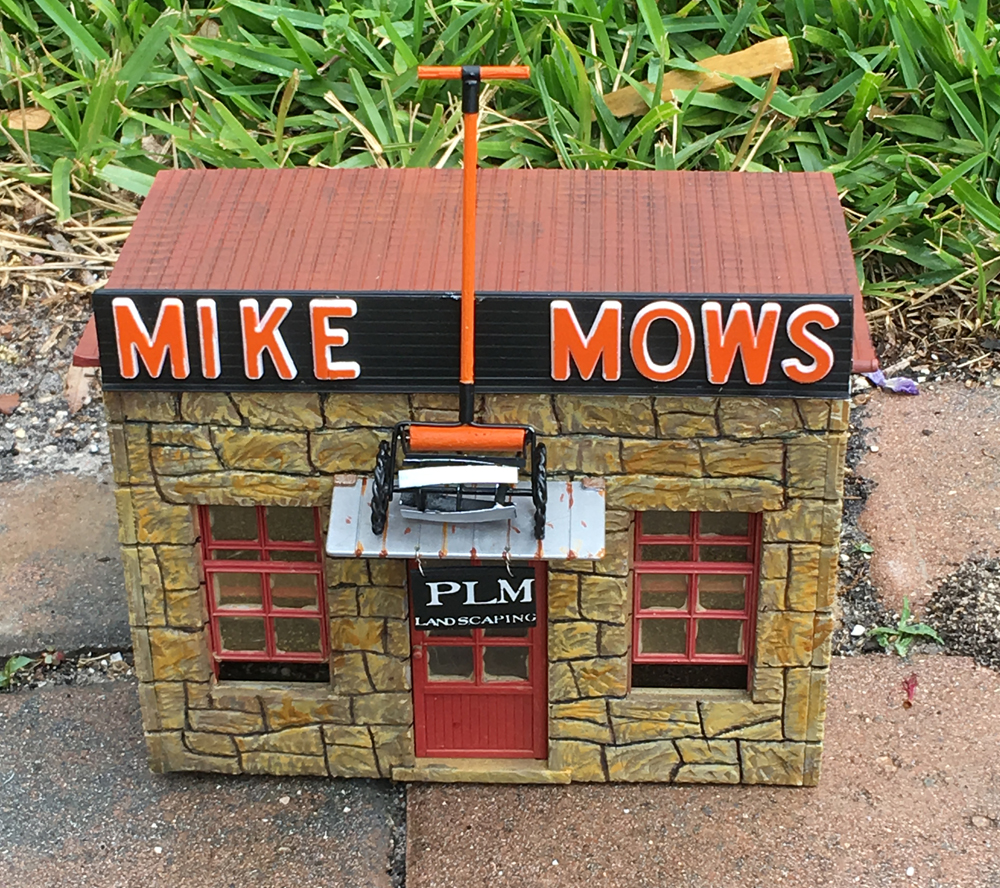Louis Marx & Co. also jumped on the streamlined bandwagon and offered handsome and good-running versions of the Commodore Vanderbilt in the 1930s. Interestingly, the first volume of Greenberg’s Guide to Marx Trains claims that Marx released its initial model of the New York Central’s path-breaking engine in 1934, the same year the full-sized steamer began traveling the system and a year before Lionel.
A rainbow of colors
The Marx Commodore Vanderbilt would, over the nearly two decades that it was offered (1934-52), be available painted black, gray, green (medium or olive), red, or silver. The steam locomotive featured a stamped sheet-metal body shell with tinned “teardrop” smokestack and domes. The boiler was installed on a chassis that had an 0-4-0 wheel arrangement. Both windup (No. 232) and electrically powered (No. 597) versions were offered.
Marx relied on two kinds of shroud fronts for its Commodore Vanderbilt models. The early one was rounded; it was followed by a flatter version, although the inventory of the first type had not been exhausted before the second appeared. Both kinds of shroud fronts had a separate sheet-metal ring around the headlight.
The san-serif lettering on the locomotives was “Commodore Vanderbilt,” usually printed on a separate black or copper nameplate. A few early silver models had rubber-stamped printing on the locomotive’s sideboards.
The tender, lithographed to match the engine, came with “New York Central” markings, usually inside an outlined box printed in the same color (usually black or white).
A set done in red
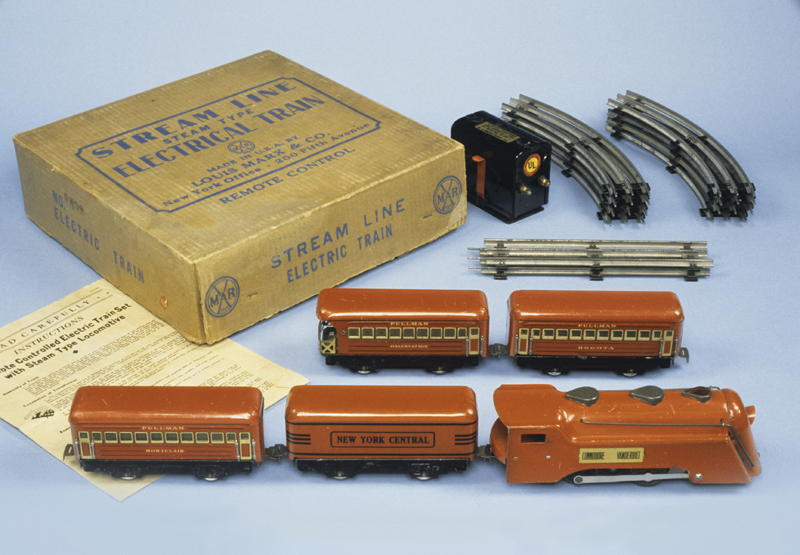
Perhaps the best of the Marx Commodore Vanderbilt locomotive-and-tender combinations, at least in terms of its gorgeous color scheme, was the 597 variation that, as shown here, was painted a vivid shade of red. It featured a flat shroud front, along with blackened spoked wheels, a copper nameplate on the engine, and black or white (with orange) lithographed bands and lettering on the tender.
This variation, thought to have come out in 1938, led a great O-27 set. The No. 3893 included a No. 551 four-wheel tender with black markings. The three illuminated passenger cars (two coaches and an observation) were lithographed in a shade of red that was all but identical to what Marx used on the locomotive.
Each of the six-inch cars came with four wheels and tab-and-slot couplers. Marx had brought out these sheet-metal models in 1935. By the time this set was released, the cars were mounted on all-black frames with square ends.
All three passenger cars – new to the line in 1938 – boasted highlights done in black and cream, with embossed windows and a Marx logo on the end. These deluxe cars also had interior lighting with on/off switches and frosted windows, plus applied handrails flanking all the doors. The observation had a second light bulb to illuminate the red lens behind the rear railing.
The names on the No. 2557 coaches – “Bogota” and “Montclair” – were borrowed from towns in northern New Jersey. Marx might have done this to win sales from large retail businesses whose buyers resided in that area. Who knows why the No. 2558 observation omitted this neat feature.
Thanks go to Jim and Debby Flynn, who loaned the set and helped with article.
Buyer’s checklist:
- Broken or dented locomotive?
- Correct cars for 1938 set?
- Scratched or faded paint?
- Bent or missing wheels?
- Broken or missing couplers?






